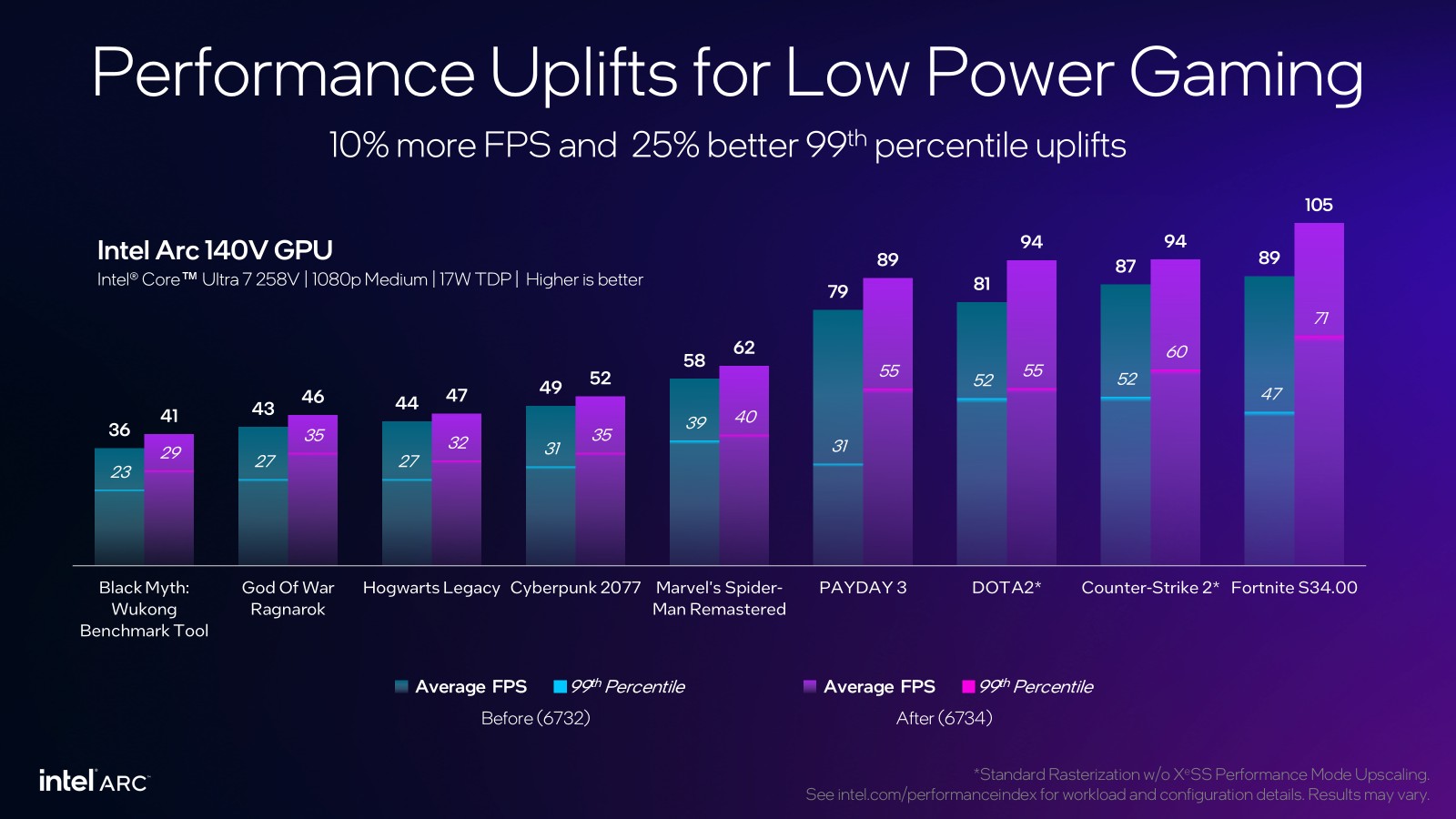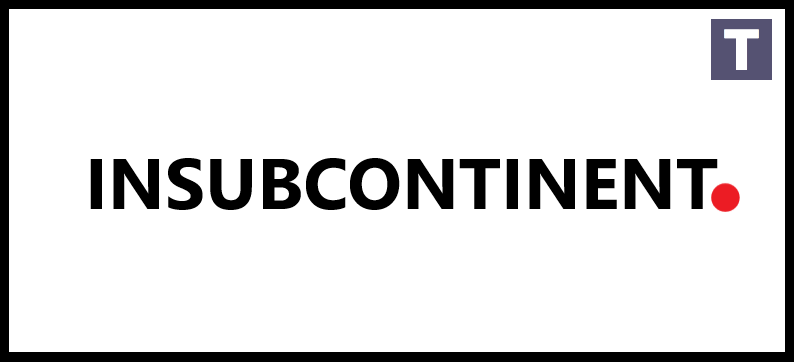Mike Volpi is a general partner at Index Ventures.
Before co-founding the firm's San Francisco office with Danny Rimer, Volpi served as the chief strategy officer at Cisco Systems.
More posts by this contributorMuch has been made about the roles and responsibilities of board members these days.
This is especially true in the venture-backed startup world where there is an intimate and complex relationship between entrepreneurs and investors.
With increasing scrutiny and growing pressure for accountability, the role of a board member has been thrust into the spotlight.I was fortunate to begin my service as a board member early in my career.
For the past 20 years, Ive had the privilege to serve on boards of companies of many shapes and sizes, ranging from startups to publicly traded companies and everything in between.
As I reflect on those experiences, I first have to express my deep gratitude to all the CEOs, management teams and boards that I have had the fortune to work with.
Ive certainly grown enormously through each one of those experiences.My biggest observation is that these varied companies need very different board members.
The nature of the business and the stage of the company define value-added as a director.
That said, I have found that a board member can create value in a way that transcends the specifics of each company and its leaders.
I write this post to try to abstract the essence of this very privileged role and share my experiences with a broader ecosystem.
I also hope this can serve as a guide to entrepreneurs who are selecting investors and constructing boards.In that context, it is important to realize the peculiar nature of board directors.
Our role, as such, is to help the company create greater shareholder value.
Some might define that as being the CEOs boss.
Without a doubt, that is an oversimplification, or perhaps a misconception, of a board members duties.
We are not the CEOs boss.
The role of the collective board is to be an advisor to the CEO and the management team, which, in some corner cases, is called upon to encourage changes in that management team.
But, the relationship between a board and the companys leadership is much more subtle in nature and is worthy of deeper inspection.Nature of the relationshipIn venture communities, we often oscillate between two extreme views of the role of a board member.
One view is that a board is there to be chief cheerleaders.
That view posits that a board member is there to support the CEO and the founders of a company, to add value in the context of tips and advice, introductions, recruiting efforts, marketing, PR and general cheering.
In extreme cases, that has even led to the abdication of voting rights and governance to the founders and CEO.
While this view is tempting in an era where founders and CEOs are the decision-makers for which VCs they elect as investors in their company, its also a very short-sighted view of the role.
There is no doubt that a director should be helpful and, as a company leader, it might feel great to have an investor at your service.
But, is an entrepreneur simply purchasing a brand and adding a helper or are they genuinely deriving shareholder value by having a blind supporter on the board?The opposite extreme is the view that a board member should instruct the CEO and the management team on how to run the company and ultimately be the judge and jury of the management teams performance.
This relationship is also fraught with risk.
CEOs, founders and management teams are far more versed in the business that they are operating than any investor.
They know the internal details, the nuances of the business, the products, the market and the competitive dynamics.
By and large, they are far better equipped to run the business than any board member could be.I have personally found that the healthiest relationship between a board director and the CEO is one that is peer-like.
The board members function in that context is one where, as a good friend would, they are supportive but candid and transparent about their view on the state of the company, its challenges and its opportunities.
In doing so, the dialog that occurs will be one which is genuine in nurturing the company rather than a cat-and-mouse game or a love-fest.The mirrorOne of the analogies I often use for the role of a board is that of being a mirror to the management team.
Entrepreneurs, by their nature, live on a roller-coaster ride that is matching their startups journey.
Their perception of the business is often an amplification of the current state of the business.
The highs are often more optimistic than the business might really deserve and the lows are often much lower than they should be.
The board should reflect a snapshot of the reality of the business.
All businesses, both the most successful and the somewhat troubled, involve a lot of sausage-making.
There are aspects that are not working well that shouldnt be brushed aside or ignored, but should be focal points of improvement.
Conversely, when things arent going well, entrepreneurs can often be too critical of their own business.By placing things in the context of other experiences, the board member should aid the entrepreneurs in normalizing the state of the company.
Sometimes, reminding the leadership teams that they are neither the masters of the universe nor a losing locker room makes all the difference.
All too often, boards have tendencies of jumping on the pile and accentuating the entrepreneurs perception of the business for better or worse which ultimately provides little value.ContextCommand of the context is one of the most important values boards can provide.
While entrepreneurs have the deepest knowledge of their own business, they do not have the benefit of having seen many other companies that are like them.
Especially in the startup universe where there are so many common patterns that recur regularly, the ability to provide the comparative context is very valuable.
These recurring patterns exist in almost every aspect of a business.
Whether its in strategy, go-to-market, executive hiring and firing, market adoption versus monetization, and many other attributes, there are lessons that a new business can learn, both positively or negatively, from others who have walked in their shoes earlier on.
Not all of those lessons apply.
Each business is a snowflake unique in its own way.
But, for the leadership of a company, being able to compare and contrast the situations with those that have come before can be of enormous value in shaping the right business decisions.It is also incredibly important for boards to encourage long-term thinking.
Most management teams think their job is to deliver the short-term quarter-by-quarter gains to appease the board.
To some extent, yes, but its actually the boards job to encourage and allow the company to think long-term.
For company leaders, it is particularly more tricky because their own business is right there, staring them in the face.
A value-added board should help in thinking about the longer-term implications of a companys decisions.
Not so much in just the burning issue of the moment, but in the relative impact of that decision on the companys long-term prospects.
The journey of a board member often spans many years, sometimes more than a decade.
Its important to have that in mind when dispensing advice.My friend Peter Fenton at Benchmark is extremely effective at this.
Peter will almost always leave the ultimate decisions to the CEO hes working with, but he has a way of using compelling examples from the many successful companies he has been involved with as anecdotes to help steer the CEOs to the right decisions.
The success stories have a powerful sway on the thinking of CEOs and they are rich in context because they demonstrate actual case studies rather than hypotheticals.NetworkEspecially for a young business, the ability to tap into a boards network can be of massive value.
Networks exist in almost every context to help recruit the right people, to construct impactful business development relationships, to provide strategic advice or deliver customers or investors.
The list of valuable networks is endless.
A board member should come equipped with those networks and generously and tirelessly provide entrepreneurs with access to them.
Surely, not all of these networks are equally useful but, if accessed correctly, some can have transformational effects on a companys prospects.
Board members should be able to tap into these networks at the right time (careful not to over-expose startups to networks that are premature, or useless in the moment).
And, these networks should be fresh and relevant.One of the beauties of rich networks is that they often provide access to the person that is best suited to give the best advice to the entrepreneur.
Many VCs are jacks-of-all-trades.
The best advice on specific topics should come from a true expert.
The directors job is to make sure that advice is available at the right time.
With a good board, the right person is always one call away.The master of the universe of networks is Reid Hoffman.
I serve on Auroras board with him and no one wields a network quite like Reid.
His ability to bring just the right person into the dialog at just the right moment is amazing.
For the founder of LinkedIn, thats no surprise, really.
He is truly as good as they come.What happens in betweenFeedback during board meetings is actually a fraction of the ways in which board members should provide value.
In fact, a board member that surfaces only at the board meetings is shirking their duties.
The meetings themselves are valuable because they represent an opportunity to bring together the collective thinking and contrast views, but not to regurgitate state of the business information that should be disseminated and absorbed outside of that venue.
Its also the case that many of the most significant conversations between a board member and a CEO occur in private, where conversations can have continuity and consistency achievable only in the context of a 1:1.The most effective board members have multiple conversations with their CEO and executive team in between board meetings.
This allows them to be current and relevant to the company rather than getting caught up in the usual business platitudes that are commonplace in board meetings.
(If I had a nickel for every time I heard the phrase companies are bought and not sold in a board meeting).The best at this was Coach the great Bill Campbell .
When he and I served on Opswares board, I would visit Marc and Ben from time to time in their offices.
Without fail, Bill would always be there.
He took context to a new level.
What all that context gave Bill was an incisive ability to understand what the real issues were and how they should be addressed.
He truly became a coach to the CEO.Availability and relevanceStartups are real time.
Issues surface every day and every moment.
Leaders seek micro-advice in the moment, all the time.
A board member should have the availability to respond to entrepreneurs when needed.
Sometimes that means calls at 10 pm.
At other times, that means five or 10 text messages in a day.
Sometimes these micro-advice moments are extremely impactful: how to deal with a particular customer, how to close a candidate, whether or not to fire someone.
At other times, they are not pivotal.
However, they often provide the CEO with the ammunition to make a tough decision, or simply the ability to offer a moment of empathy.
A directors ability to be available in those key moments is incredibly valuable and irreplaceable.
Providing that level of availability can sometimes be a challenge for board members after all, we all have action-filled busy days.
But, the board member who is able to find the time earns the right to become the proverbial first call for the entrepreneur.
Such micro-advice also provides the board members with the ability to be relevant at all times to the leadership team of a company.
The moments when CEOs need another perspective dont show up neatly five times per year at pre-scheduled times.Delivering a message that can be heardParticularly with VC-rich boards, I have found that all-too-often we enjoy hearing ourselves talk perhaps a bit too much.
Sometimes, the quantity of airtime is confused with value.
A board member should recognize that their counterpart can only absorb a finite amount of insight at any given time.
My rule of thumb is a board member can, at most, provide two or three key insights at a board meeting.
More than that, and its overkill.Furthermore, those perspectives should be conveyed in a meaningful and concise way.
And, perhaps most importantly, they need to be delivered in a way that the message is heard.
Entrepreneurs are very different in the way they hear.
Some are entirely open to different perspectives, others prefer being asked intelligent questions that they can pursue.
Well-thought-out questions often have the most powerful effect on shaping an executives thinking.Ultimately, no one likes to be told what to do.
CEOs need to own the issues and deal with them operationally, and every day.
Ownership is much easier when the idea comes from the CEO.
So, the concept of delivering a message well is often to let the CEOs come to their own conclusions rather than spelling out what they should be doing.
This is often more true with experienced operational leaders.
All they need is a cue.
The rest they can figure out themselves.My best mentor in this dimension is Andy Rachleff .
Andy invited me to join Equinixs board many years ago.
I also served on Opswares board with him.
Now the tables have turned and hes the CEO at Wealthfront while I am his board director.
He will frequently remind me that if a board member gives one good strategic insight per board meeting, thats a big win.
If you offer two in one meeting, you get the star award for board members.
That is a powerful reminder that less is often more.The subtle artThe more I serve on boards, the more I appreciate the responsibilities and demands that come from being a board director.
In the modern era of venture capital, we are tempted to distill board service as a right or a byproduct of investing or, worse, simply a badge of honor.
Nothing could be further from the truth.
Board membership is a privilege and a nuanced responsibility that can have a transformational impact on businesses.
Sometimes investors, independents and entrepreneurs forget this.
Entrepreneurs should expect a great deal from their boards not as blind supporters but as true copilots.
Likewise, board members should not view board membership as a list of icons on their LinkedIn profile, but as a subtle yet massively impactful role they play in the creation of great businesses.
When these relationships function properly, the two parties become true partners in the entrepreneurial journey.
Music
Trailers
DailyVideos
India
Pakistan
Afghanistan
Bangladesh
Srilanka
Nepal
Thailand
StockMarket
Business
Technology
Startup
Trending Videos
Coupons
Football
Search
Download App in Playstore
Download App
Best Collections

 7
7


















